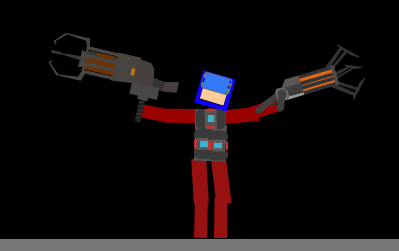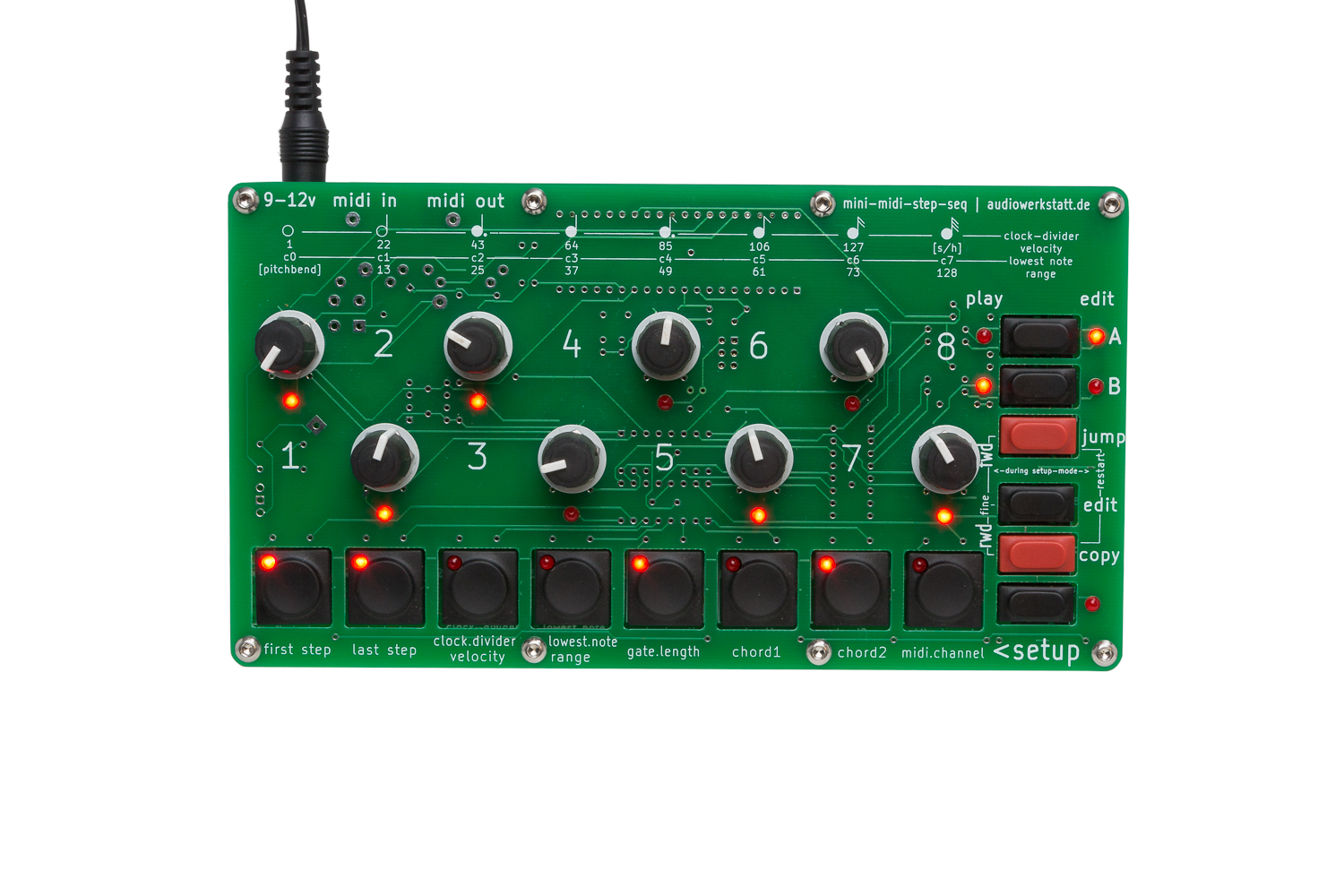

#Step seq. kongregate how to#
You can also watch the tutorial on how to learn about summoning characters in TMNT.
#Step seq. kongregate upgrade#
Watching the tutorials on how to upgrade and strengthen them will surely help you to win the fights. This can come in handy since you just have to click ‘battle’ and everything will be done automatically. Furthermore, the game also has an auto-battle function that will automatically activate your character’s skills. Special skills, of course, will deal more damage to enemies. Just tap on the character icon to use their special skill. Like with many mobile RPGs nowadays, your characters will attack automatically.īut once you see them charged up, (which is visible in the character icon) then it means their special skill is ready. The tutorial will mostly be about the battle sequence since that’s a big part of what you’ll do in this role-playing game. It will then be followed by a tutorial of the basics of the gameplay. Like with many RPGs out there, you will begin this TMNT game with a short comic strip on how the story began. Let’s discuss in the next section how the game works. You can also use villains, which means the game will allow you to form your TMNT dream team. What’s great about this game is that you can form a team that doesn’t necessarily consist of just heroes only. You can also reference Game since it's already loaded.Your role in this game is to form a team of powerful characters to fight and prevent the multiverse from being destroyed. TODO reference your mp3 or wav classes here so they will be compiled in to * This file must be marked as "Always Compile" this is okay, but will throw an error if the Music isn't loaded yet directly, or it will be compiled in to Preloader frame 2 TODO put your entire game here but DO NOT reference the Music class RemoveEventListener(Event.ENTER_FRAME, frameEntered) all done loading everything so ditch the preloader

Var musicClass :Class = getDefinitionByName("loadtest.Music") as Class Trace("frame 3 finished loading, starting music.") TODO remove your spinny ball here because the game has started Var gameClass :Class = getDefinitionByName("loadtest.Game") as Class Trace("frame 2 finished loading, starting game.") Private function frameEntered (.ig) :void directly or they will be compiled in to Preloader frame 1 TODO put your spinny ball here but DO NOT reference the Game or Music classes So go easy on them and don’t forget the preloader! :)ĪddEventListener(Event.ENTER_FRAME, frameEntered) Many areas of the world will be running through 3g cell connections before they even have cable or dsl lines. While South Korea has plans to put 1 gigabit connections in every home, internet speeds in big countries like the US and Canada have been falling behind. You could get fancy and use as many frames as you want to determine load order of all your assets, but if you’re dealing with one very large swf it’s still better to cut it up and stream your assets from outside. Instead you either need to look at Preloader.currentFrame, or try to instanciate Main and catch an error if it’s not ready yet.

The only catch is you can’t determine how much of Main.as has loaded using tesTotal because that will also include the bytes from Music.as. Preloader.as with a spinny ball animation What this tag does is tell the compiler to put Main.as (and any of its dependancies) on the second frame, and Preloader.as (with its dependancies) on the first frame. If you start a new project in FlashDevelop using the “AS3 Project with Preloader” template, it creates a Preloader.as class, and a Main.as class with “Always Compile” and the Frame metatag. I prefer to use FlashDevelop and the Flex compiler (both free) instead, so my main class is in an AS3 file and the frame metaphor is more obscure. Well, easy if you’re writing your game on the timeline in the Flash authoring tool. So, can you simply move some of the content (the music) to Frame 3? Yes, it’s that easy! This makes sense when you consider that Flash was designed for playing movies. The first frame loads in its entirety and any actionscript on that frame executes before the second frame starts to load. Preloaders in Flash work by putting some content (the loading animation) on Frame 1 of the base MovieClip, and the rest of the content (the game and music) on Frame 2. Since I usually play Flash games muted, I figured it was foolish to make players wait until the music loaded before they could start playing. The vector graphics take up very little space so over 4 of those megs were just the music. I came up with this one in Costa Rica, while consistantly waiting three minutes for a 5 meg Flash game (Rebuild, as a matter of fact) to load.


 0 kommentar(er)
0 kommentar(er)
